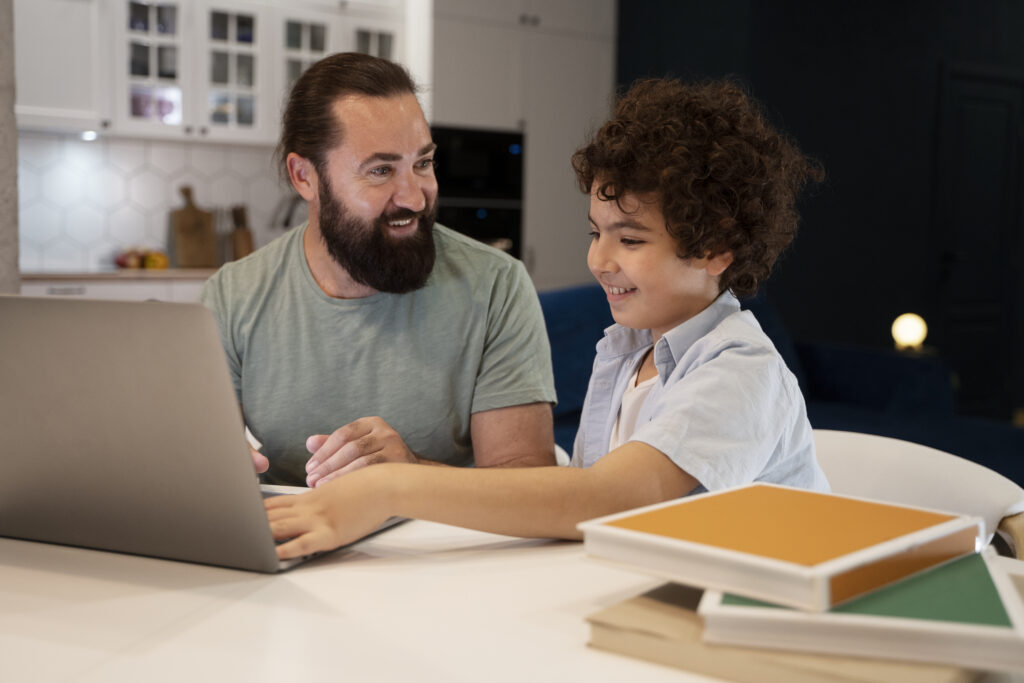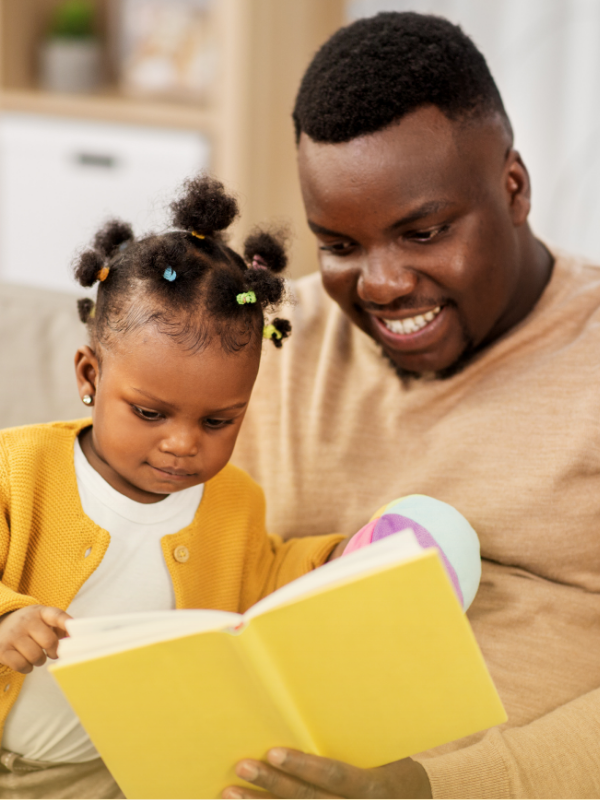
Discover the best study habits for elementary students to boost focus, independence, and school success—starting with simple routines.
The best study habits for elementary students don’t have to be complicated. In fact, the most effective strategies are simple, consistent, and tailored to your child’s age and attention span. These early habits help kids feel confident, stay focused, and build a strong foundation for lifelong learning.
Why Study Habits Matter in Elementary School
Strong study habits in the early grades help children build time management skills, academic confidence, and a sense of personal responsibility.

Research indicates that academic enablers—like motivation, study skills, and engagement—play a crucial role in enhancing homework performance, particularly for students who struggle with attention. By nurturing these skills, parents can support their child’s ability to focus and succeed academically (Oram & Rogers, 2022).
Study Habits That Actually Work
Try building one or two of these into your weekly routine. The key is consistency over perfection.
1. Create a Dedicated Study Space
Even if it’s just a corner of the kitchen table, having a consistent spot for homework helps your child shift into learning mode. Keep supplies nearby to avoid distractions.
2. Set a Routine Time
Choose a regular time after school when your child is most focused—not too close to dinner or bedtime. Use a visual schedule to make it predictable.
3. Use the “Chunk and Break” Method
Break work into 10–15 minute chunks with movement or snack breaks in between. This works especially well for younger kids in K–3.
4. Celebrate Small Wins
Help your child notice progress: “You stayed focused for 10 minutes—that’s awesome!” Positive reinforcement builds motivation over time.
5. Keep It Parent-Supported, Not Parent-Led
You don’t need to hover. Offer guidance when asked but give space for your child to try first. This builds independence and resilience.
Bonus Tip: Make Reading Part of the Routine
Reading isn’t just for language arts—it boosts attention span, comprehension, and memory across all subjects. You can start with Easy Reading Routines Every Preschooler Will Love and build a daily reading habit from there.
Frequently Asked Questions
What are the best study habits for elementary school kids who get easily distracted?
Try short, focused work sessions with visual timers and movement breaks. Keep the workspace clear and free from toys or electronics. Let your child help design the space—they’re more likely to stay engaged.
How can I help my elementary student study better at home without nagging?
Involve your child in setting the routine. Use a checklist or chart they can mark off themselves. When kids feel ownership, they’re more motivated to follow through—especially when you’re backed by parenting support resources that matter now more than ever.
Conclusion
The best study habits for elementary students are the ones that fit your child’s rhythm and help them feel successful. It’s not about doing more—it’s about doing what works, consistently. At Parent Pathways Academy, we’re here to support your child’s learning journey with practical tools and encouraging guidance every step of the way.
Want to support your child’s learning journey even more? Visit our homepage to explore the Academics Pathway and other tools designed to help your child thrive every step of the way.
References
Oram, R., & Rogers, M. (2022). Inattentive behavior and homework performance in elementary school: The mediating effects of academic enablers. Contemporary School Psychology, 26(4), 448–457. https://doi.org/10.1007/s40688-021-00353-w


